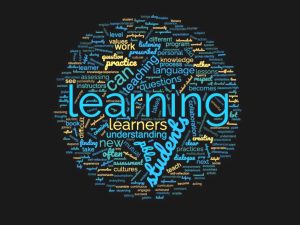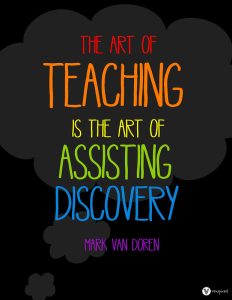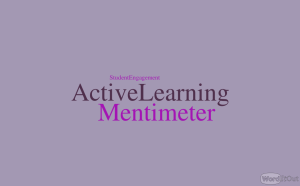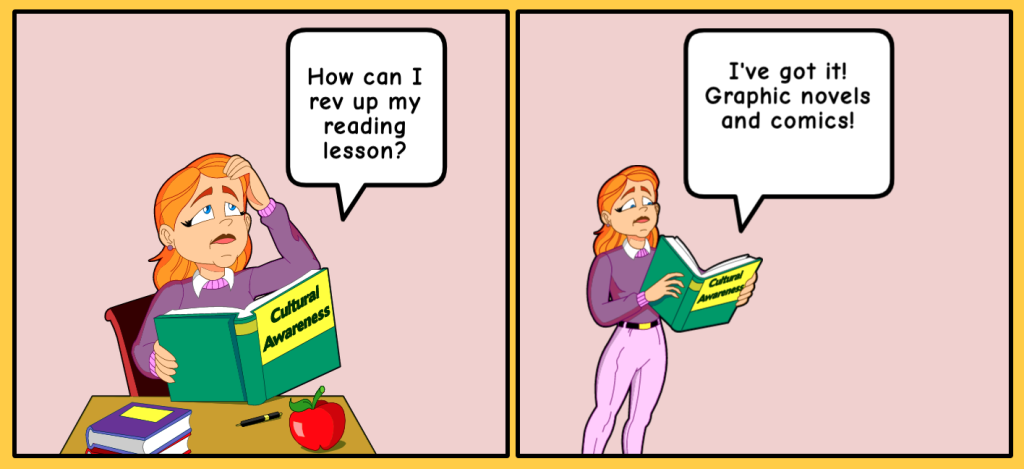 In the LINC/ESL class, instructors “cross barriers of understanding, aptitudes, behaviours, desires, and knowledge” (Rappel, 2013) in hopes of helping newcomers successfully adapt to life in a multicultural community. In this context, I think that Knowle’s five assumptions of andragogy are as useful as ever: clear learning intents and expectation, teacher-student collaboration, student-student collaboration, timely feedback, and engagement in self-reflection.
In the LINC/ESL class, instructors “cross barriers of understanding, aptitudes, behaviours, desires, and knowledge” (Rappel, 2013) in hopes of helping newcomers successfully adapt to life in a multicultural community. In this context, I think that Knowle’s five assumptions of andragogy are as useful as ever: clear learning intents and expectation, teacher-student collaboration, student-student collaboration, timely feedback, and engagement in self-reflection.
I believe these practices can be helpful in creating a learning environment in which students take ownership of learning through mutual respect and co-operation. While these principles are also supported by PBLA guidelines, the application of it brings some challenges as well. Continue reading →










